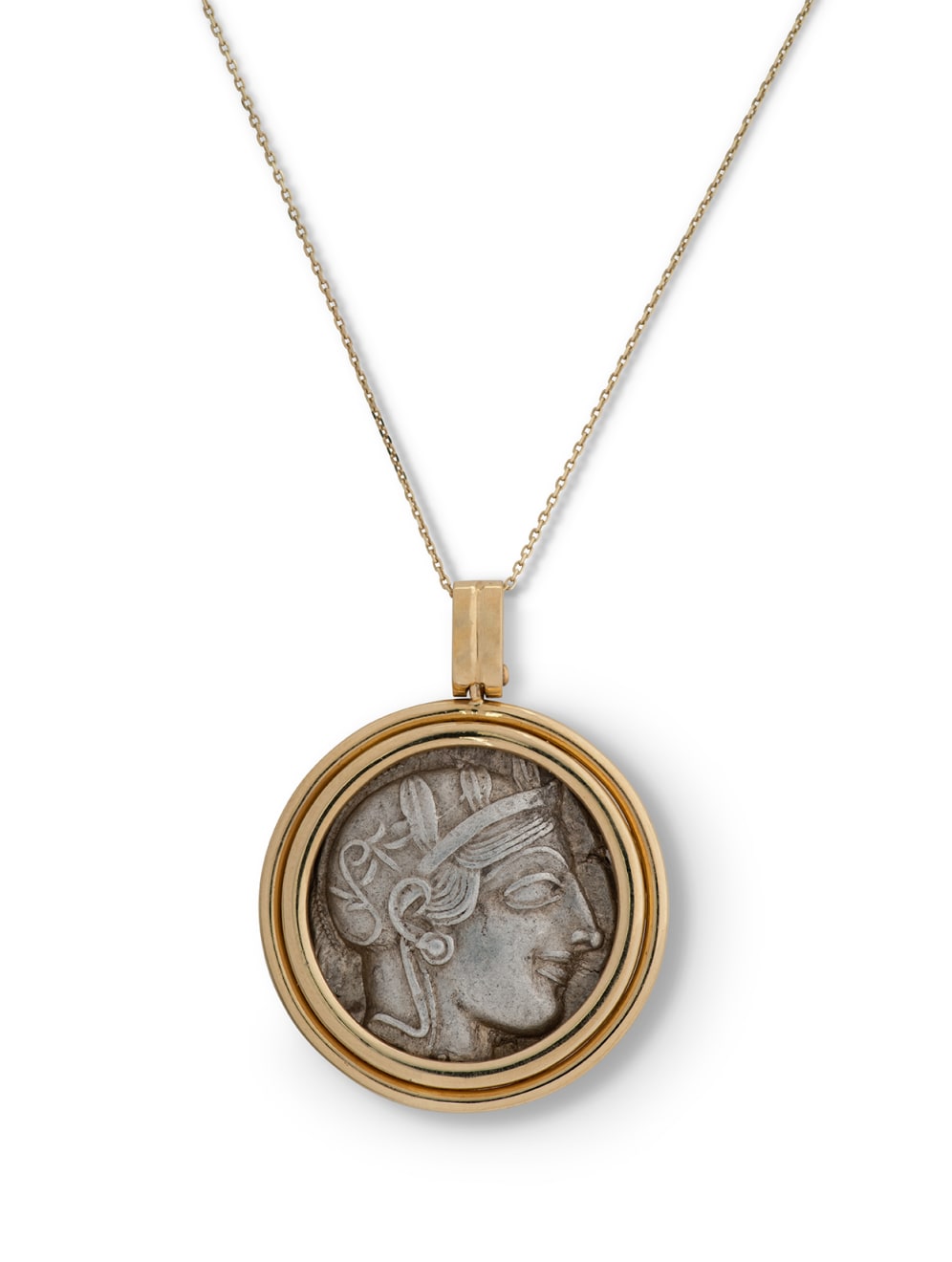Greek
Provenance
Roma Numismatics, E-LIVE Auction 4, 29 November 2018, Lot 155Literature
The inscription in Ancient Greek letters ΑΘΕ is an abbreviation of the word ΑΘΗΝΑΙΩΝ (ATHINAION), which can be translated as ‘of the Athenians’. In everyday use, this type of coin was called glaukes, γλαῦκες, meaning owls. Such coins were first issued in 479 BC in Athens, after the Persians were defeated by the Greeks at the battle of Plataea, putting an end to the Second Persian Invasion.
There is some debate about the origin of the association of the owl with the goddess Athena, and therefore the city. Some say it might be because some characteristics of owls—such as their ability to see in the dark, could be interpreted as a symbol of wisdom, hence linking them to the goddess. Others say that it’s simply because the region where Athens was founded had a significant number of little owls. In any case, the city adopted the owl as proof of allegiance to its patron goddess. For the type, see the British Museum, acc. no. 1947,0406.254.
